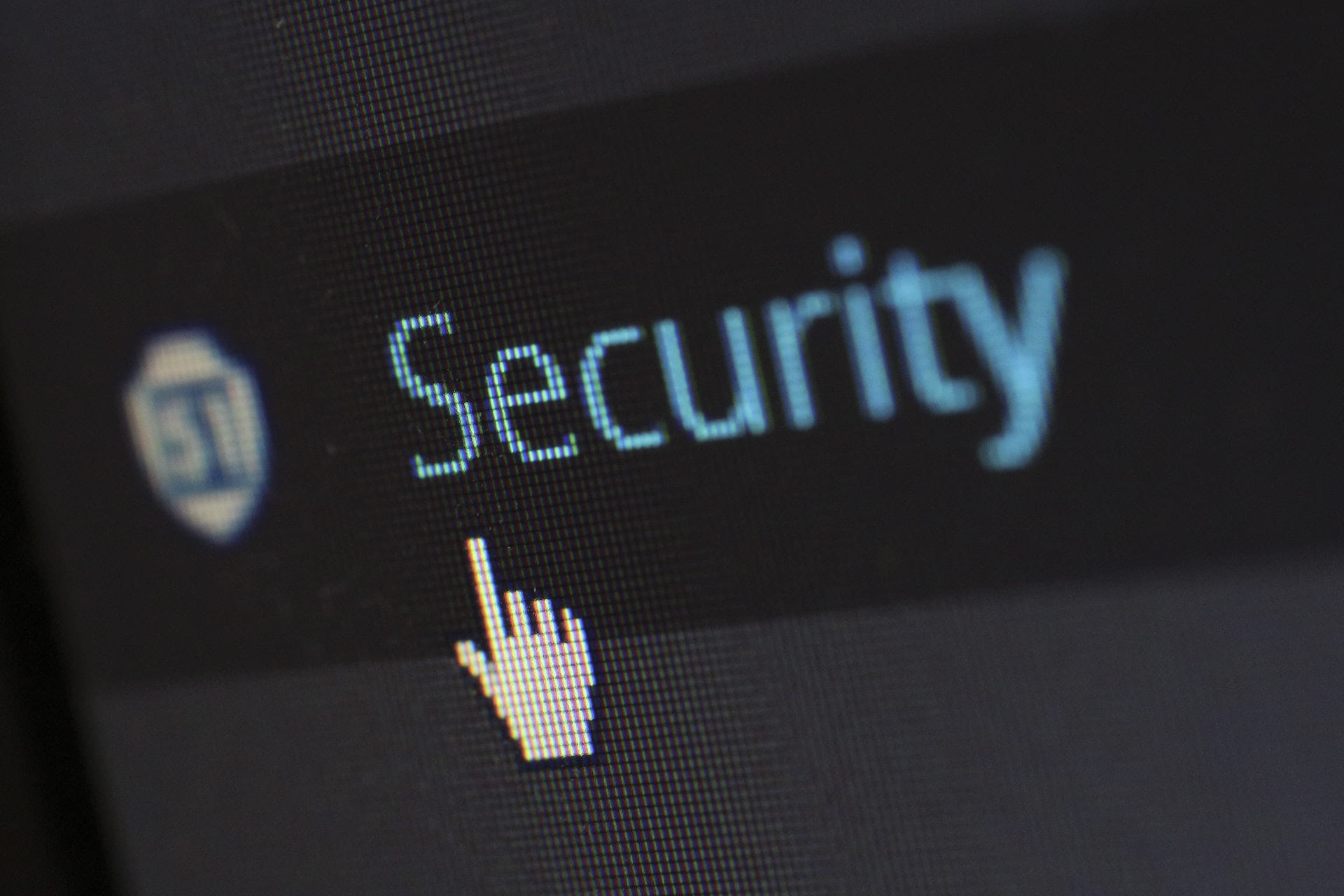Introduction
The internet has become an essential component of our everyday life. It has established itself as a strong platform that has transformed business, commerce, and the way we communicate with friends.
The fast expansion of this information highway has also resulted in new types of cybercrime against the individual. Offences against computer data and systems, computer-related forgeries, and fraud have all been labelled as cybercrime against the individual.
Definition of cybercrime against Individual
Cybercrime against individuals primarily involves activities that involve the use of the internet and computers as a tool to extract private information from an individual, either directly or indirectly, and disclose it on online platforms without the person’s consent or illegally in order to degrade the person’s reputation or cause mental or physical harm.
Types of Cybercrime against Individuals
Cybercrime may be broadly classified into three types:
1. Cybercrime against an individual is a type of cybercrime that occurs in or through the use of the internet. Sexual, ethnic, religious, or other forms of harassment exist.
2. Cybercrime against an individual’s property includes computer wreckage, the destruction of other people’s property, the delivery of destructive programs, trespassing, and unlawful possession of computer information.
3. Cybercrime against the government, such as cyberterrorism or plotting against the governmental activities
Examples of Cybercrime against Individual
1. Phishing and Scam:
Phishing is a sort of social engineering attack and cybercrime against an individual where the attacker deceives them by sending phony messages and emails in order to get sensitive information about the user or to attempt to download malicious software and exploit it on the target machine.
2. Theft of Identity:
Identity theft happens when a cybercriminal utilizes another person’s personal information, such as credit card details or personal photographs, to perpetrate fraud or a crime without their permission.
3. Ransomware Infection:
Ransomware attacks are a sort of cybercrime against individuals that is fairly widespread. It is a sort of virus that may restrict users from accessing all of their personal data on the device by encrypting it and then demanding a ransom to get access.
4. Malware Attacks:
These are cyber crimes against individuals who use cell phones with internet access and are sometimes tracked for their location, online searches, usernames, and passwords input on their devices, webcams, and so on.
5. Cyberstalking:
Cyberstalking is a type of cybercrime against an individual where someone follows somebody on social media, online websites, or search engines, exposing the user to a barrage of online messages or emails threatening his or her safety.
6. Social Media Hacking:
Hacking on social media is a cybercrime against an individual when someone creates a phoney account and gains the followers or friends of the general public. This then provides the false account the ability to send out mass emails to inboxes.
7. Web Jacking:
Digital marketing has become the new normal, enticing firms to create their own websites. More website traffic suggests that more people are aware of their products/services/brands.
Cyber Laws for cybercrime against Individual
Cybercrime against individuals is governed by the Information Technology Act of 2000 (IT Act) and the Indian Penal Code of 1860. The Information Technology Act of 2000, passed by the Indian Parliament, emphasizes the severe sanctions and penalties protecting the e-governance, e-banking, and e-commerce sectors.
It is not unexpected that several sections of the IPC and the IT Act overlap with one another. The scope of ITA has now been expanded to include all contemporary communication technologies.
Some important provisions of Cybercrime against an individual under the IT Act:
1. Section 65: Tampering with Computer Source Documents.
2. Section 66: Hacking Computer Systems and Data Alteration.
3. Section 67: Publishing Offensive Information.
4. Section 70: Unauthorized Access to Protected Systems.
5. Section 72: Breach of Confidentiality and Privacy. Cybercrime against individual
6. Section 73: False Digital Signature Certificates.
Cybercrime against an individual under the IPC includes:
1. Section 503 of IPC: Sending Threatening Messages over Email
2. Section 499 of IPC: Sending Defamatory Emails
3. Section 463 of IPC: Forgery of Electronic Records
4. Section 420 of IPC: Bogus Websites and Cyber Fraud
5. Section 468: Email Spoofing
People Also Read: Who is a 420 Person in India?
Steps to avoid Cybercrime against Individuals
1. Making use of an internet security package: This helps safeguard your private and financial information while you use the internet by offering real-time protection against known and unknown malware, such as viruses and ransomware.
2. Use secure passwords: Avoid using the same password across many websites, and change it frequently. Make them challenging. That entails utilizing a minimum of 10 different letters, numbers, and symbols.
3. Disclosing private information: Never communicate or divulge any sensitive information, including your bank account number, ATM pin, password, or email address, over an unencrypted connection.
4. Not answering spam: Avoid visiting untrusted websites or clicking on links sent to you by unknown or untrusted websites. Spam is the most common form of cybercrime against individuals.
How to file a cyber complaint for Cybercrime against an individual
A complaint can be filed for cybercrime against an individual with the cyber police. The victim must register a formal cybercrime complaint with any jurisdiction’s cybercrime cell. You must include your name, contact information, and postal address in your written complaint. This process can be simplified with the help of an online lawyer who will give the right kind of legal advice.
Complaints can be filed online through the government’s online platform, which handles complaints about child sexual abuse material, child pornography, sexually explicit content such as social media crimes, online cyber trafficking, financial fraud, hacking, ransomware, cryptocurrency crimes, or other cybercrime against individuals.
Conclusion
Because more people are using internet services, cybercrime against individuals has been rising. Due to the extensive use of internet services, cybercrime is not just a problem in India but has been spreading around the world.
Governments, businesses, and people are all severely impacted by cyberattacks on a regular basis. We don’t have a well-coordinated strategy for protecting Indian interests against cyberattacks, which is one of the numerous factors contributing to our persistent vulnerability.




